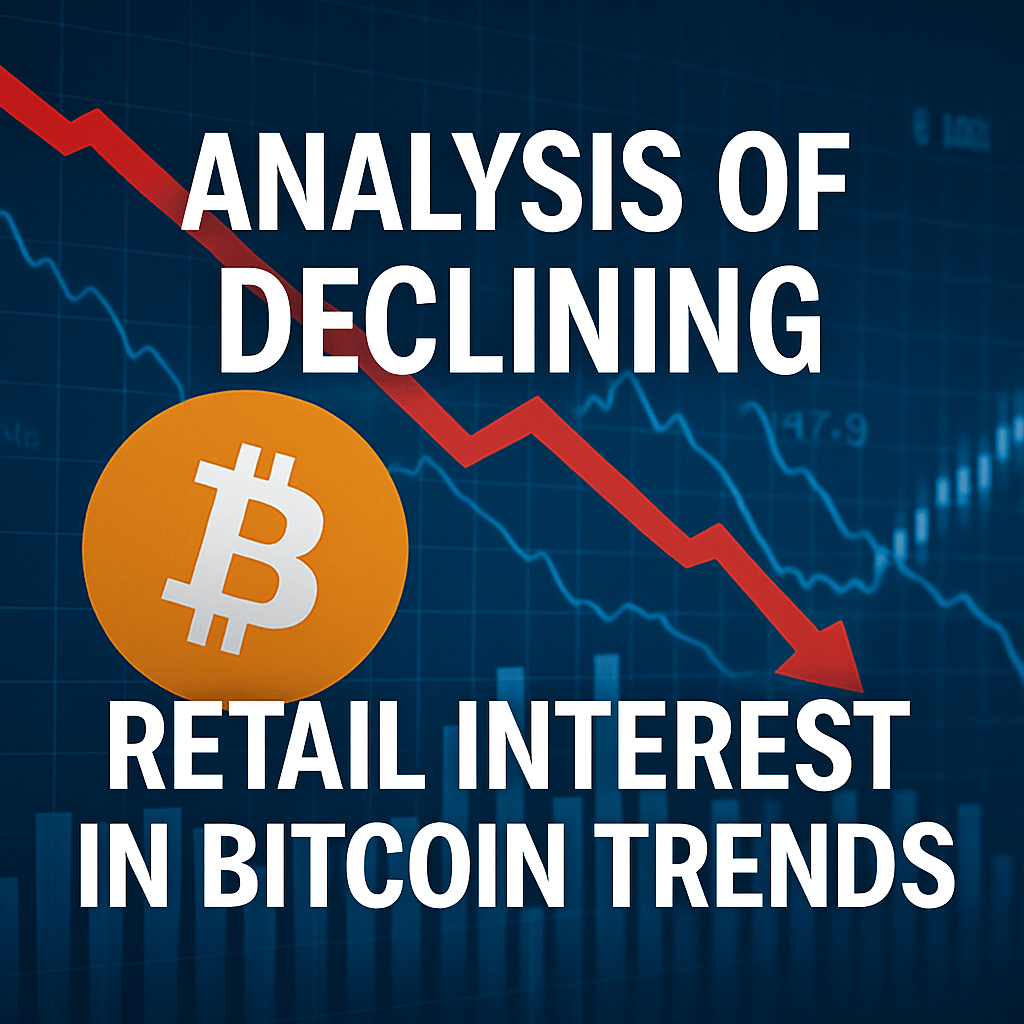Analysis of Declining Retail Interest in Bitcoin Trends

On-chain data indicates a notable decrease in retail interest towards Bitcoin, as evidenced by the reduction in transaction volume from small holders over the past month. This decline raises questions about the sustainability of Bitcoin’s recent performance and the sentiments driving the current market dynamics.
Bitcoin Retail Investor Demand Shows Negative 30-Day Change
According to an analysis by CryptoQuant, the Bitcoin Retail Investor Demand indicator reflects the activity of small-scale investors, specifically those whose transactions are generally under $10,000. This indicator isolates the buying trends of retail investors from larger institutional players, providing a clearer picture of grassroots interest in Bitcoin.
The 30-day percentage change in retail demand turned positive when Bitcoin started its latest bull rally. As prices surged, retail activity increased, but this enthusiasm did not sustain after Bitcoin reached its new all-time high (ATH) of approximately $105,200. Currently, the retail investor demand metric has dipped back into negative territory, signaling a decrease in activity among small holders.
Chart Analysis: A Year of Retail Demand
The chart depicting the 30-day percentage change in Bitcoin Retail Investor Demand reveals that while retail interest initially spiked with the recent price rally, it never achieved the heights experienced during the bullish trends of late 2024. This suggests a prevalent caution among retail investors, which may be attributed to recent market volatility and uncertainty following the ATH.
- The peak retail demand during this rally was notably lower compared to previous bull markets.
- Despite a robust price performance, enthusiasm appears muted, indicating market fatigue or investor wariness.
Impact of Market Volatility on Retail Sentiment
The shift to a negative monthly change in retail investor demand can be correlated with the bearish price movements observed since the recent ATH. Bitcoin is still trading around these record levels, yet the lack of sustained retail interest suggests sentiment may be more fragile than previously thought.
Market analysts note that this reticence among retail investors could result in a significant shift in price dynamics if larger institutions decide to withdraw their support, further exacerbating volatility. Expert opinions highlight that retail investors may choose to wait for more stable conditions before re-entering the market.
Institutional Trends: Decreased Volume Share Among Miners
Additionally, an interesting trend has emerged among Bitcoin miners, as discussed by Sentora, a prominent DeFi solutions provider. Their data indicates that the share of transaction volume attributed to Bitcoin miners has rapidly declined, reaching the lowest level since 2022. This trend signifies that miner activity, which is crucial for network stability and transaction validation, has diminished relative to other network participants.
Such a decline in miner activity could pose risks to network security and transaction processing times, especially if the trend continues. Transaction volume is pivotal as it directly correlates to liquidity and price stability in the Bitcoin marketplace.
- Reduced activity from miners could indicate declining confidence in the price of Bitcoin and future profitability.
- This trend could lead to challenges for Bitcoin’s network health and trading efficiency.
Conclusion: What Lies Ahead for Bitcoin?
In summary, despite Bitcoin’s record-setting price, the ongoing decline in retail investor demand and the dwindling activity from miners present challenges for the cryptocurrency’s future trajectory. Analysts and investors will be closely watching retail sentiments moving forward, as they play a crucial role in determining Bitcoin’s market behavior. Addressing these sentiments and ensuring network stability will be essential for sustaining the recent gains in the long run.
As Bitcoin continues to trade around the $105,200 mark, the market remains attentive to both retail and institutional participation. Future price movements may hinge on the ability of these segments to regain momentum amid a fluctuating economic landscape.